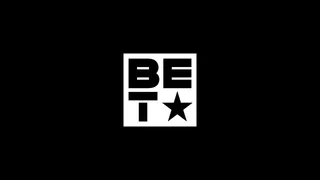Obamacare: A Look at Health Care Savings Plans
A breakdown of health care savings plans.

1 / 5
Making Sense of Alphabet Soup - Health care is an alphabet soup of abbreviations and acronyms, and the ways one can save to pay for medical care are no different. Here's a breakdown of health care savings plans. — Associated Press(Photo: Adam Berry/Getty Images)

2 / 5
HSA - Health Savings Account. Think of it as a 401(k) for health care. An individual sets aside money, pre-tax, into a special bank account that can be used for medical expenses. Companies often make contributions to the account for their employees. HSAs are portable, meaning they can be taken with the employee when they leave a company. If used correctly, HSAs help lower taxes three ways: the contributions reduce your taxable income, gains from the invested money are tax free, as are withdrawals for eligible medical costs. (Photo: Joe Raedle/Getty Images)

3 / 5
HRA - Health Reimbursement Arrangement. A company sets aside money to pay for an employee's eligible medical expenses. While some plans allow an employee to roll over the balance year to year, an employee cannot contribute to the account and the amount of money is typically not portable. Eligible health care expenses reimbursed by the employer are considered tax free for the employee. (Photo: Joe Raedle/Getty Images)

4 / 5
FSA - Flexible Spending Account. An employee sets aside pre-tax dollars in an employer-sponsored account to pay for health care expenses. The key feature of a FSA is "use it or lose it." An employee must use all money in his or her account during the coverage period (typically a full year) or forfeit any leftover money. FSAs also exist for mass transit costs and child care expenses. (Photo: Joe Raedle/Getty Images)
